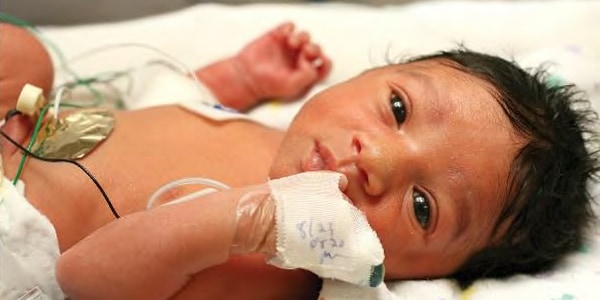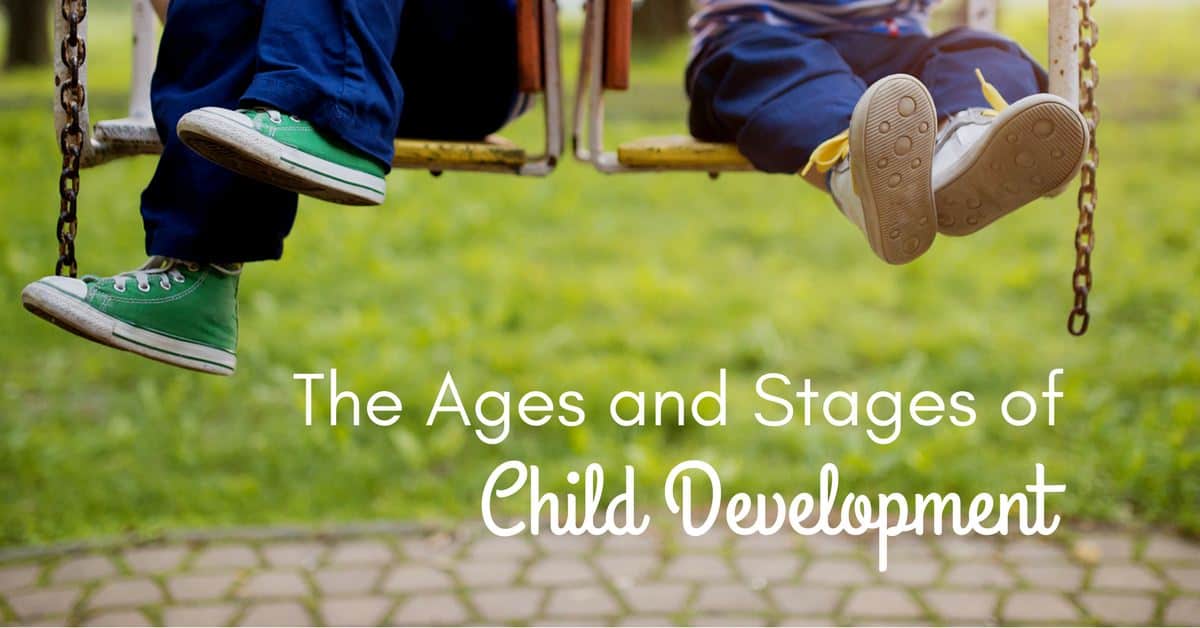Infant stages of development
Home » » Infant stages of developmentYour Infant stages of development images are available. Infant stages of development are a topic that is being searched for and liked by netizens now. You can Find and Download the Infant stages of development files here. Get all free photos.
If you’re searching for infant stages of development pictures information linked to the infant stages of development interest, you have visit the right site. Our website always gives you suggestions for refferencing the maximum quality video and picture content, please kindly surf and find more informative video articles and images that match your interests.
Infant Stages Of Development. In this stage, all the major organs form, and the embryo becomes very fragile. Average gain of about 1.5 to 2 pounds each month. By around age 2 months, your baby�s eyes will become more coordinated, allowing for tracking an object. The limbs, organs and muscles continue to grow after birth and are particularly vulnerable in the early years.
 Public Health Strategies to Prevent Preterm Birth Public From cdc.gov
Public Health Strategies to Prevent Preterm Birth Public From cdc.gov
Toddler growth & development stages. Average gain of about 1.5 to 2 pounds each month. By around age 2 months, your baby�s eyes will become more coordinated, allowing for tracking an object. Soon your baby will begin to recognize familiar objects and people at a distance. Children undergo various changes in terms of physical, speech, intellectual and cognitive development gradually until adolescence. In this stage, all the major organs form, and the embryo becomes very fragile.
During early years, a child’s relationship with food is crucial for his or her health and development.
Known as developmental milestones, these changes can help. At the end of the embryonic period, the embryo is only about an inch long. Baby milestones & development stages. During each of these stages, multiple changes in the development of the brain are taking place. The limbs, organs and muscles continue to grow after birth and are particularly vulnerable in the early years. Your baby can go through periods of increased hunger and fussiness.
 Source: cdc.gov
Source: cdc.gov
Your child is advancing from infancy toward and into the preschool years. Children go through distinct periods of development as they grow from infants to young adults. The first sign of infancy life stage development can be seen from the beginning of the infancy period. What occurs and approximately when these developments transpire are genetically determined. Infant growth & development stages.
 Source: zerotothree.org
Source: zerotothree.org
Average gain of about 1.5 to 2 pounds each month. Infant growth & development stages. During this time, his physical growth and motor development will slow, but you can expect to see some tremendous intellectual, social, and emotional changes. The limbs, organs and muscles continue to grow after birth and are particularly vulnerable in the early years. In this stage, all the major organs form, and the embryo becomes very fragile.
 Source: thenewageparents.com
Source: thenewageparents.com
Infant development is most often divided into the following areas: The developing ball of cells is now called an embryo. Physical development an infant�s physical development begins at the head, then moves to other parts of the body. Infant development is most often divided into the following areas: Average growth of about 0.5 inches each month.
 Source: babyandchild.ae
Source: babyandchild.ae
The limbs, organs and muscles continue to grow after birth and are particularly vulnerable in the early years. Baby milestones & development stages. Cognitive development occurs through the interaction of innate capacities and environmental events, and children pass through a series of stages. Short periods of tummy time to help strengthen your baby’s neck and back muscles — but make sure baby is awake and you’re close by. The first sign of infancy life stage development can be seen from the beginning of the infancy period.
 Source: childdevelopmentinfo.com
Source: childdevelopmentinfo.com
Children undergo various changes in terms of physical, speech, intellectual and cognitive development gradually until adolescence. Your child is advancing from infancy toward and into the preschool years. The developing ball of cells is now called an embryo. The baby is referred to as an infant even when it is in the newborn stage as the terms are described to be synonymous with each other. Known as developmental milestones, these changes can help.
 Source: thenewageparents.com
Source: thenewageparents.com
Short periods of tummy time to help strengthen your baby’s neck and back muscles — but make sure baby is awake and you’re close by. The last development stage in baby’s first year is quite a transition. Your baby can go through periods of increased hunger and fussiness. In this stage, all the major organs form, and the embryo becomes very fragile. The embryonic stage lasts from the end of the germinal stage to two months after conception.
 Source: embryology.med.unsw.edu.au
Source: embryology.med.unsw.edu.au
Average growth of about 0.5 inches each month. The baby is referred to as an infant even when it is in the newborn stage as the terms are described to be synonymous with each other. Your child is advancing from infancy toward and into the preschool years. During this time, his physical growth and motor development will slow, but you can expect to see some tremendous intellectual, social, and emotional changes. While all babies may grow at a different rate, the following indicates the average for boys and girls 1 to 3 months of age:
 Source: youtube.com
Source: youtube.com
Short periods of tummy time to help strengthen your baby’s neck and back muscles — but make sure baby is awake and you’re close by. During this time, his physical growth and motor development will slow, but you can expect to see some tremendous intellectual, social, and emotional changes. Physical development an infant�s physical development begins at the head, then moves to other parts of the body. Children undergo various changes in terms of physical, speech, intellectual and cognitive development gradually until adolescence. Toddler growth & development stages.
This site is an open community for users to share their favorite wallpapers on the internet, all images or pictures in this website are for personal wallpaper use only, it is stricly prohibited to use this wallpaper for commercial purposes, if you are the author and find this image is shared without your permission, please kindly raise a DMCA report to Us.
If you find this site serviceableness, please support us by sharing this posts to your own social media accounts like Facebook, Instagram and so on or you can also bookmark this blog page with the title infant stages of development by using Ctrl + D for devices a laptop with a Windows operating system or Command + D for laptops with an Apple operating system. If you use a smartphone, you can also use the drawer menu of the browser you are using. Whether it’s a Windows, Mac, iOS or Android operating system, you will still be able to bookmark this website.